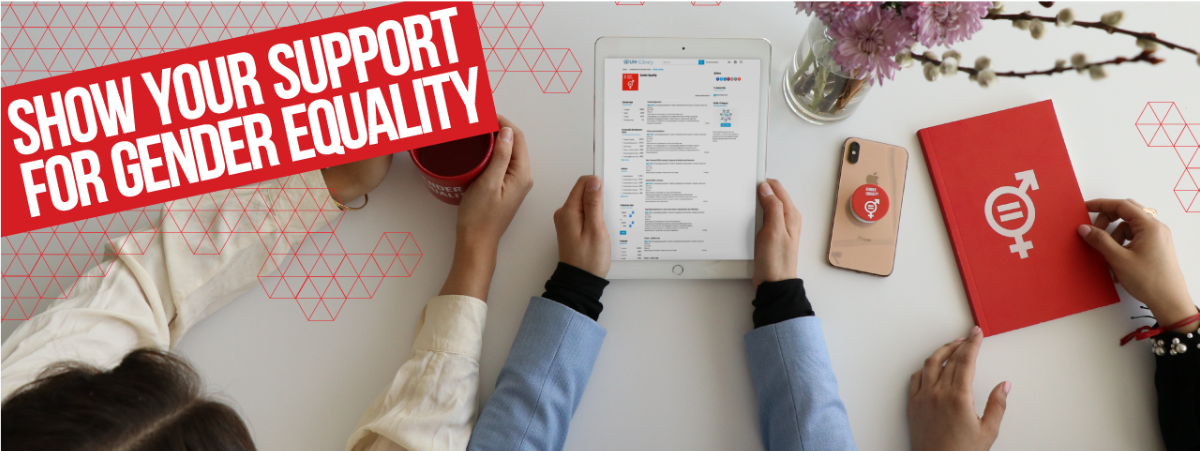
Later this month, the United Nations will host the 65th session of the Commission on the Status of Women (CSW). Established by the UN Economic and Social Council in 1946, the CSW is the largest global intergovernmental gathering that is exclusively dedicated to the promotion of gender equality and the empowerment of women. The commission prepares recommendations on promoting women's rights in political, economic, social and educational fields, as well as monitors and reviews progress achieved and problems encountered in implementing these recommendations. The CSW's annual session provides an opportunity for representatives of Member States, other UN entities and non-governmental organizations to gather and work towards achieving global gender equality and the empowerment of women. At the annual session, participants review progress being made, set new standards, and construct policies that promote gender equality across the world.
This year's priority theme is "Women's full and effective participation and decision-making in public life, as well as the elimination of violence, for achieving gender equality and the empowerment of all women and girls." To mark and celebrate the 65th annual session of the CSW, the United Nations iLibrary—the de facto "search, discovery, and viewing source for digital content created by the United Nations"—has released a collection of books, articles, chapters and data-sets directly related to this priority theme. Anyone may freely browse the full collection. Check out some of the highlights below!
